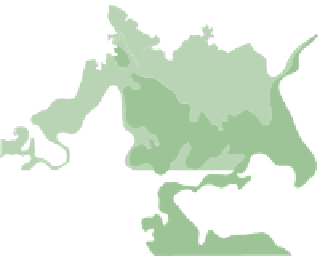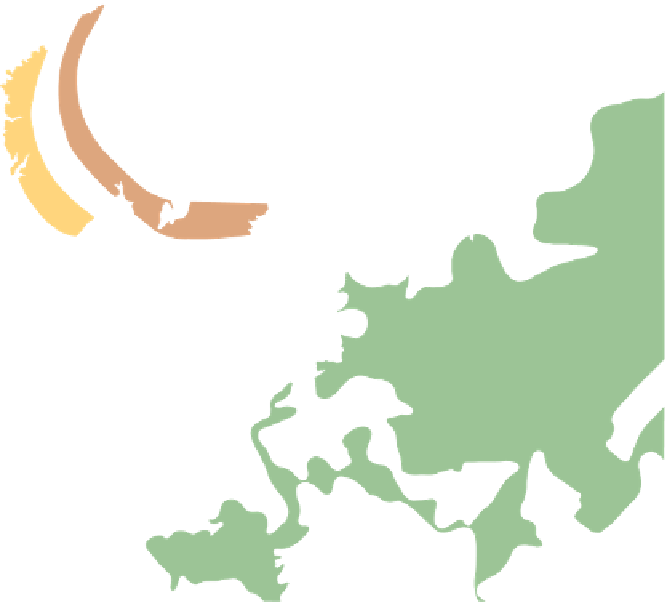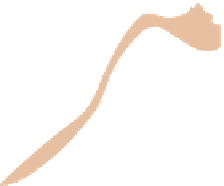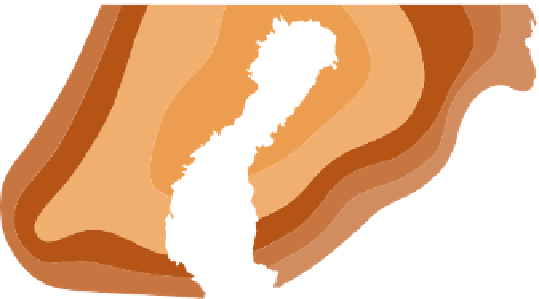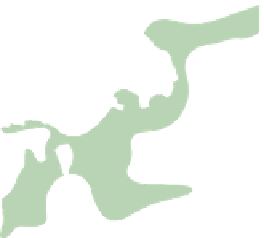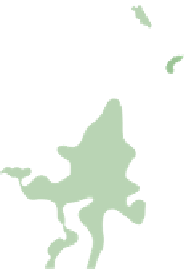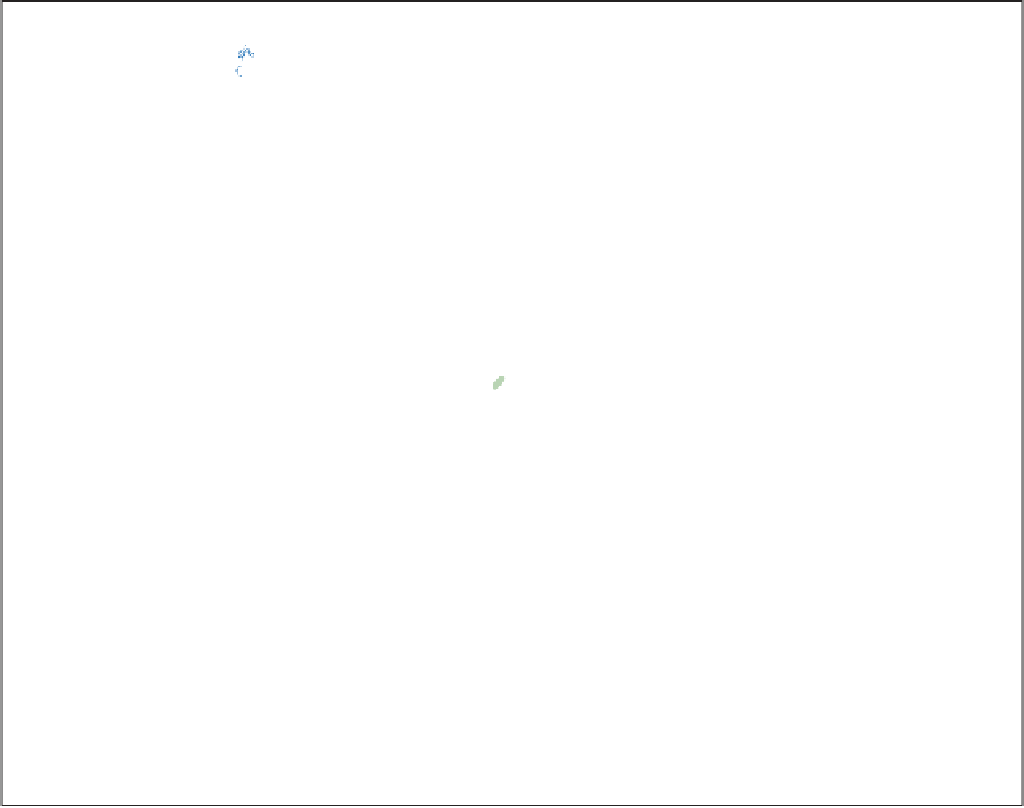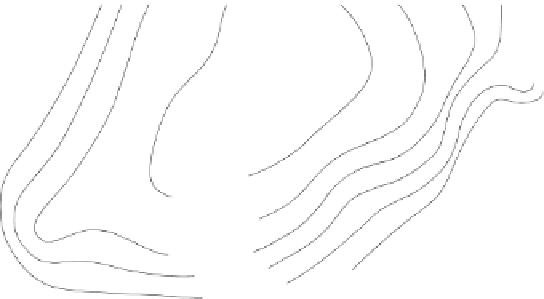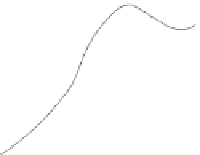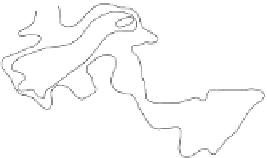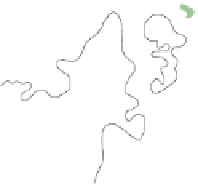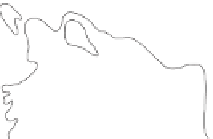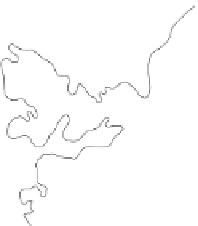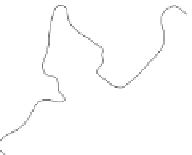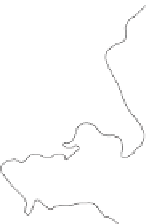Geoscience Reference
In-Depth Information
s
1
s
1
5HFHQWYHUWLFDOPRYHPHQW
PP\
B
B
B
B
B
B
B
B
B
B
B
B
B
B
B
B
s
1
s
1
s
1
s
1
s
1
s
1
Figure 28.5
Recent vertical movement of the north European crust. The map is dominated by uplift of Fennoscandia and
subsidence of a belt surrounding the Baltic Shield.
Source: Harff et al
capricious currents, huge surface area and inter-oceanic
connectivity. In general, increasing SSTs will generate
ocean-atmosphere responses, such as increasing fre-
quency and intensity of tropical and extra-tropical storms
(referred to in
Chapters 7
and
9)
and hence impacts on
coastal geomorphology (see below). Ocean-surface, wind-
driven circulation is coupled with changes in atmospheric
circulation and it is likely that climate change will exert a
greater impact on thermohaline circulation. Water density
and layering are modified by increasing SSTs and
evaporation (+ salinity and density), increased terrestrial
freshwater run-off (- density) and increased ice melt
(- density and salinity). The net effect of these changes is
expected to slow down thermohaline circulation during
the twenty-first century, especially in the Atlantic Ocean,
with a reduction of
25 per cent in meridional
overturning but well short of doomsday forecasts of its
total collapse.
Geomorphic change
Despite 11.5 ka which have elapsed since the recognized
end of Earth's most recent cold stage, most of its
continental surfaces have still not fully adjusted to
Holocene global climate changes or reached equilibrium
with contemporary climate. Pleistocene sediments,
rock surfaces and slopes are still being reworked in
hydrothermally altered conditions, despite the buffering


